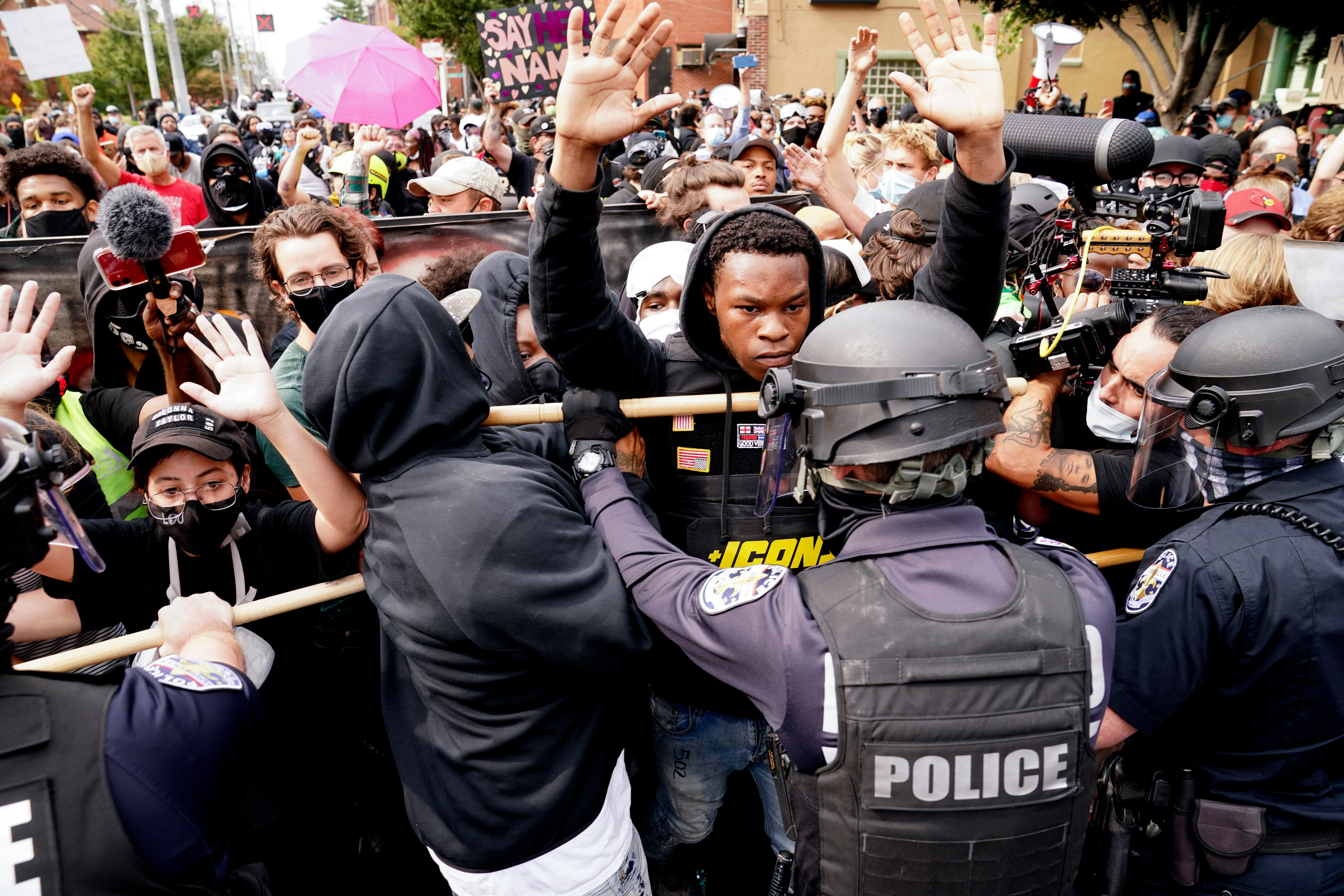Nobody is just one thing. Each of us is a combination of race, gender (or not), sexual orientation, religion, ethnicity, class, age, education — and those are just the obvious ones.
How these factors intersect can be an advantage — or a disadvantage. The latter situation is where intersectionality comes in. You might be harmed by multiple sources of oppression. Law professor and social theorist Kimberlé Crenshaw coined the term in a 1989 research paper.
The concept started simple and has grown over the years. Intersectionality came to light when black women couldn't identify with white feminists who were focused on issues like the pressure to be a homemaker.
Black women often had no choice but to help support their families. And black women were frequently denied leadership positions during the Civil Rights movement because of their gender. It was this experience based on the intersection of being female and black in the 1960s that differentiated them — and disadvantaged them — from others. Today, the term has taken on new meaning. It refers to the infinite number of intersections that make us individuals … and can sometimes trigger discrimination.
Consider, for example, a black woman who is Muslim, an immigrant from Sudan, and living outside Detroit. That could be a far different experience from a black woman raised in Calabasas, a millionaire, now living outside Washington, D.C. A common way of conceptualizing intersectionality is to think of overlapping circles based on each person's distinct life.
That creates a paradox. Critics pose this question: If intersectionality is all about individual experience, how can any one person speak on behalf of entire groups? We're all unique, so how many shared experiences qualify us to speak for our respective groups? Where do our lives converge and diverge?
As intersectionality gains more prominence, its application is still very much in question.











